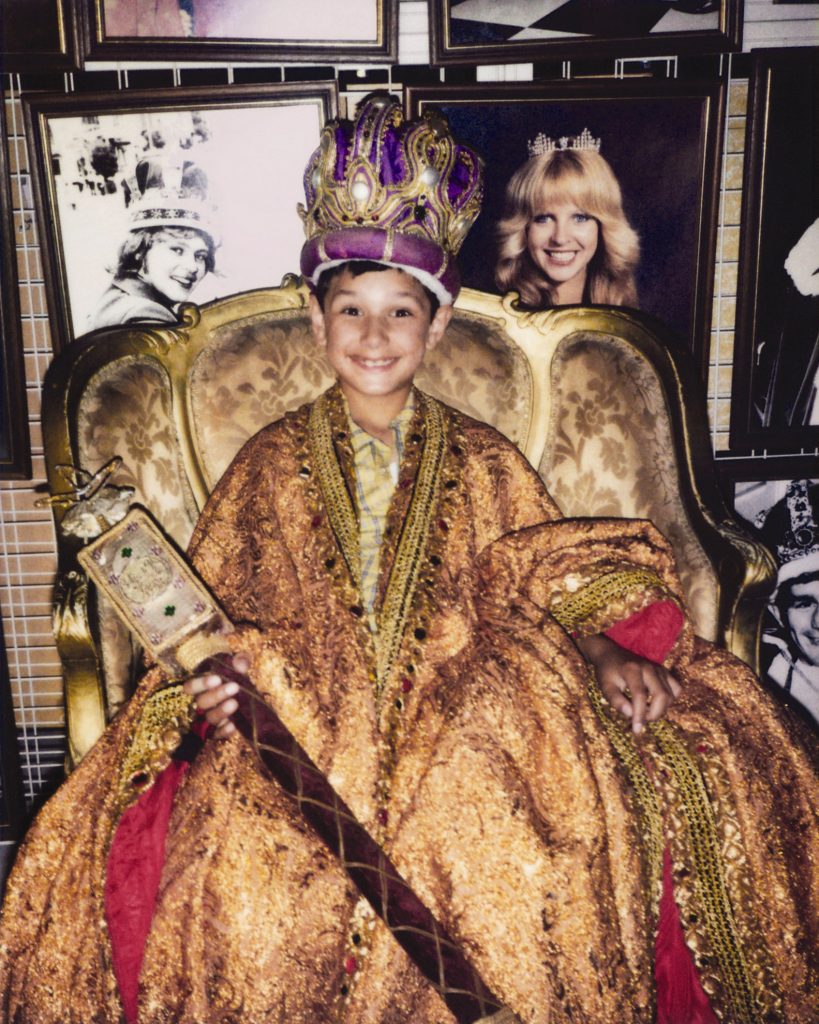Destiny Deacon, 2004, Moomba, princess, Aboriginal, royalty
Summary
Melbourne-based artist Destiny Deacon is a descendant of KuKu and Erub/Mer peoples of far-north Queensland and Torres Strait, respectively. Her indigeneity is central to her art practice and to shaping the messages she delivers with a dark humour and unsettling acuity. Narrative and performativity feature strongly through Deacon's photographic, video and installation works, her subjects often being family or community members, or else invocations of the living in the form of her kitsch Australiana dolls. While her compositions are habitually dynamic or appear to capture a fleeting moment, her works are never incidental scenes or instances. They are well-considered commentaries on the often casual but also institutional and unconscious racism that underwrites Australian history and structures mainstream culture.
Take 'Princess in Waiting ...' and 'Moomba Princeling', for example. In 2004, Deacon photographed her young niece and nephew in the City of Melbourne's Art and Heritage Collection storeroom. They are dressed in the robes and regalia of Moomba sovereigns – a system of titular 'heads of city-state' inaugurated with the Moomba festival in 1955 – and posed as against the store's collection of monarchical portraits. While at first glance Deacon's portraits may appear to document innocent, playful dress-ups, kids mimicking an anachronistic tradition, they in fact form a complex and sobering commentary on the legacy of colonialism. Melbourne was established on Aboriginal country, and the traditional sovereigns of this land are the Wurundjeri people, not the European settlers and the generations of their descendants who have ever since taken up positions of authority and power. The princess really is in waiting, for while times might be changing, change is glacial; the chances of Aboriginal youth attaining their childhood dreams is significantly lower than it is for non-Indigenous Australians. And despite the key place of Aboriginal individuals in the origin story of the popular community festival that spawned the system of Moomba sovereigns, this historical detail fades in social memory.
Deacon photographed her Indigenous sovereigns for the 2004 City Gallery exhibition titled 'If Only You Knew', curated by Christian Thompson and for which five Indigenous women artists made works of art that engaged with the Art and Heritage Collection. The portraits have also been shown in the 2006 exhibition 'Moomba: What's in a Name?', curated by Hilary Ericksen, the 2013 show 'Good Looking: Portraits from the City of Melbourne Collection', curated by Phip Murray, and 2016's 'Recentre; Sisters', curated by Kimberley Moulton.
